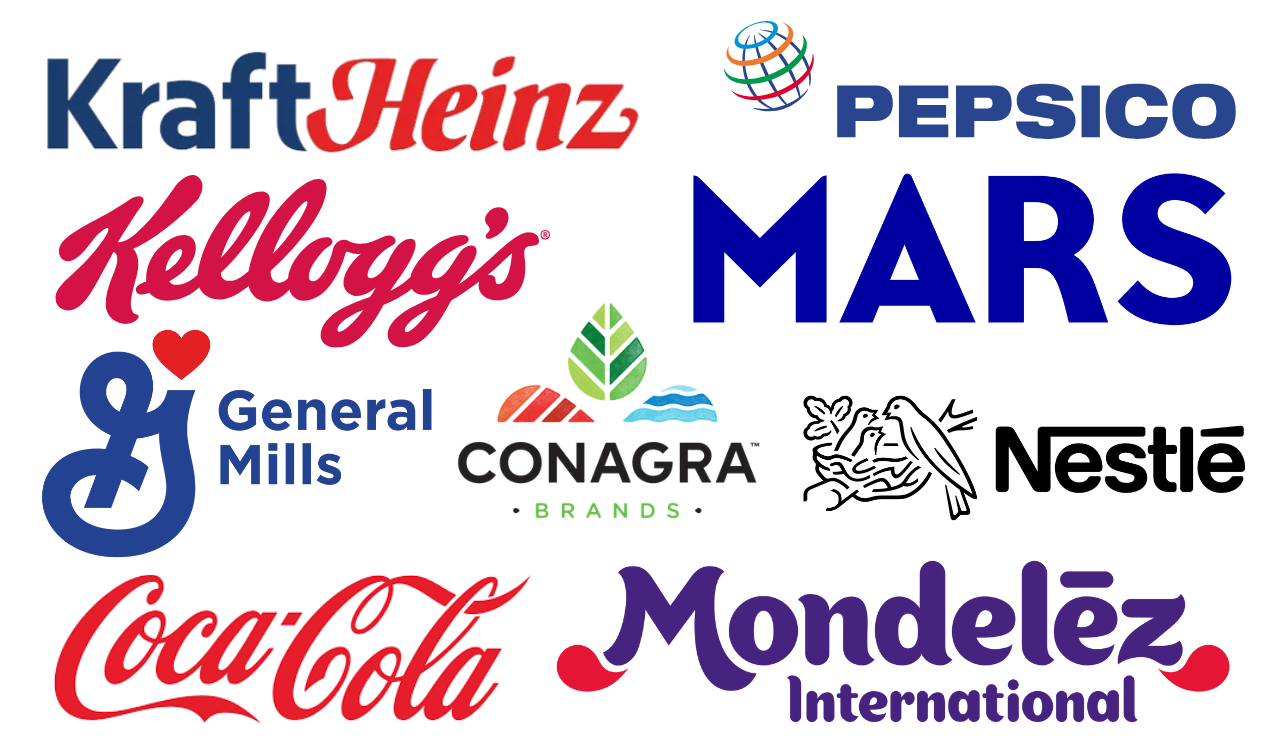Do the math: Walmart says that over the next decade it wants to move $350 billion of its merchandise buying activity to American-made products. Easier said than done. Much easier. Because as noble a pursuit as that is, when you actually break out the numbers the facts tell a somewhat different story. And even if it all added up, there is the bigger issue that restarting domestic manufacturing to create the supply to meet this demand is going to be incredibly difficult. Not only has the Made in America ship sailed — literally in fact — but turning it around and reversing a nearly half-century of history is something that not even the largest retailer in the world will find easy to accomplish.
Buy American…Again
The Walmart announcement made for great rah-rah jingoistic headlines. In early March John Furner, president and CEO of Walmart U.S., made the grand announcement that \”over the next ten years Walmart will spend an additional $350 billion on items made, grown or assembled in the U.S.\” He focused on six priority categories: plastics, textile, small electrical appliances, food processing, pharmaceutical and medical supplies and \”goods not for resale.\” He estimated that the program would support more than 750,000 new American jobs.
Going back to the Sam Walton days, the retailer was always promoting domestically made products that were available for sale, often highlighting the actual factory location when it was geographically relevant to an individual store.
OK, that\’s a lot of jobs and a lot of stuff to put on Walmart shelves. Or is it? Over a ten-year period, if you do simple division, it\’s about $35 billion a year in wholesale purchases. Still a sizeable number. Again, it\’s a matter of context. Walmart\’s U.S. sales are about $400 billion at retail, including its Sam\’s Club unit. Figure that\’s about $200 billion at cost, give or take a couple of DCs. So, $35 billion a year represents somewhere around 17 percent of the retailer\’s total wholesale purchasing shopping basket. Yes, a decent amount but the context puts it in a little better perspective.
Plugs Away
So, where is all of this additional merchandise going to come from? Let\’s look at two home categories: textiles and small electrics.
In the past, these were industry sectors where the majority of the products sold in the U.S. were made in the U.S…but that was a long time ago. Virtually every small appliance — toasters, blenders, hairdryers, mini-vacs, whatever — now comes from Asia (mostly China) and has done so for the better part of three decades. The number of products still made here is infinitesimal and mostly relates to high-end, specialized goods like exotic food processors.
Appliances are the types of products that can\’t be made in cottage manufacturing operations; they require large, sophisticated — not to mention highly automated — factories that are financed by serious capital investments. They also are relatively small so thousands can fit in the shipping containers that bring them in from overseas, meaning the per-unit cost for freight is minor. At Walmart\’s price points, an American-based manufacturing company will be neither competitive nor compelling.
In Bed with Asia
Home textiles products like sheets and towels are no better, and in some cases, worse. Maybe one percent of the bed and bath products sold in the U.S. are made here and that mostly involves cutting, sewing and fabricating fabric that was woven and printed overseas. Cut-and-sewn goods, as they are called, do not require the serious capital investments of giant vertical textiles mills. We\’re basically talking about sewing machines and shrink-wrap machines, and they are a tiny portion of the overall market. Nearly everything else comes from just three countries: China, India and Pakistan.
If someone were to build an actual textile mill in the U.S., the challenges would be enormous. They are expensive, they are large, and they require substantial amounts of water and power in the manufacturing process. The workers who ran these plants are no longer around — retired or worse — since the last of these giant mills was shuttered close to two decades ago.
Ironically, two small textiles mills have been built in the U.S. over the past decade and while they are of neither the scope nor size of their predecessors, they have had some limited success. One, in fact, currently supplies Walmart\’s existing Made in the U.S. textiles program. The irony is that both plants are foreign owned, one by a Pakistani company, the other based in Hong Kong.
Plastics Maybe Aren\’t the Future
In the other categories, the story is probably not going to be substantially different. Plastics factories are incredibly expensive to build with heavy duty machinery and equipment. Domestic rules and regulations on environment and worker safety issues would put them at a disadvantage to plants in Asia and elsewhere where such concerns are often secondary.
Across this entire spectrum it\’s going to be a huge challenge for Walmart to pull this initiative off. And those of us with longer memories will recall this is not the first time the big discounter has tried this. Going back to the Sam Walton days, the retailer was always promoting domestically-made products that were available for sale, often highlighting the actual factory location when it was geographically relevant to an individual store.
That program quietly ended, not the least of which because the in-store signage promoting the program was itself often imported, and also because the manufacturing base necessary to support Walmart\’s voracious appetite for merchandise simply ceased to exist.
Now Walmart will try to restart this, not just from zero but from a point less than zero. It\’s patriotic, it\’s ambitious and it\’s worthy. But it may also be just about impossible.
Make a note on your phone to check back with Bentonville in 2031 to see how it all turned out. Your phone, by the way, that was made in China.





